Decoding the Spice Blends of Portuguese Regional Dishes
43 min read Explore Portugal’s regional spice DNA—from Minho to the Azores—unpacking piri-piri heat, paprika pastes, bay-scented marinades, and cumin-laced traditions shaping beloved dishes and everyday pantry blends. October 05, 2025 09:09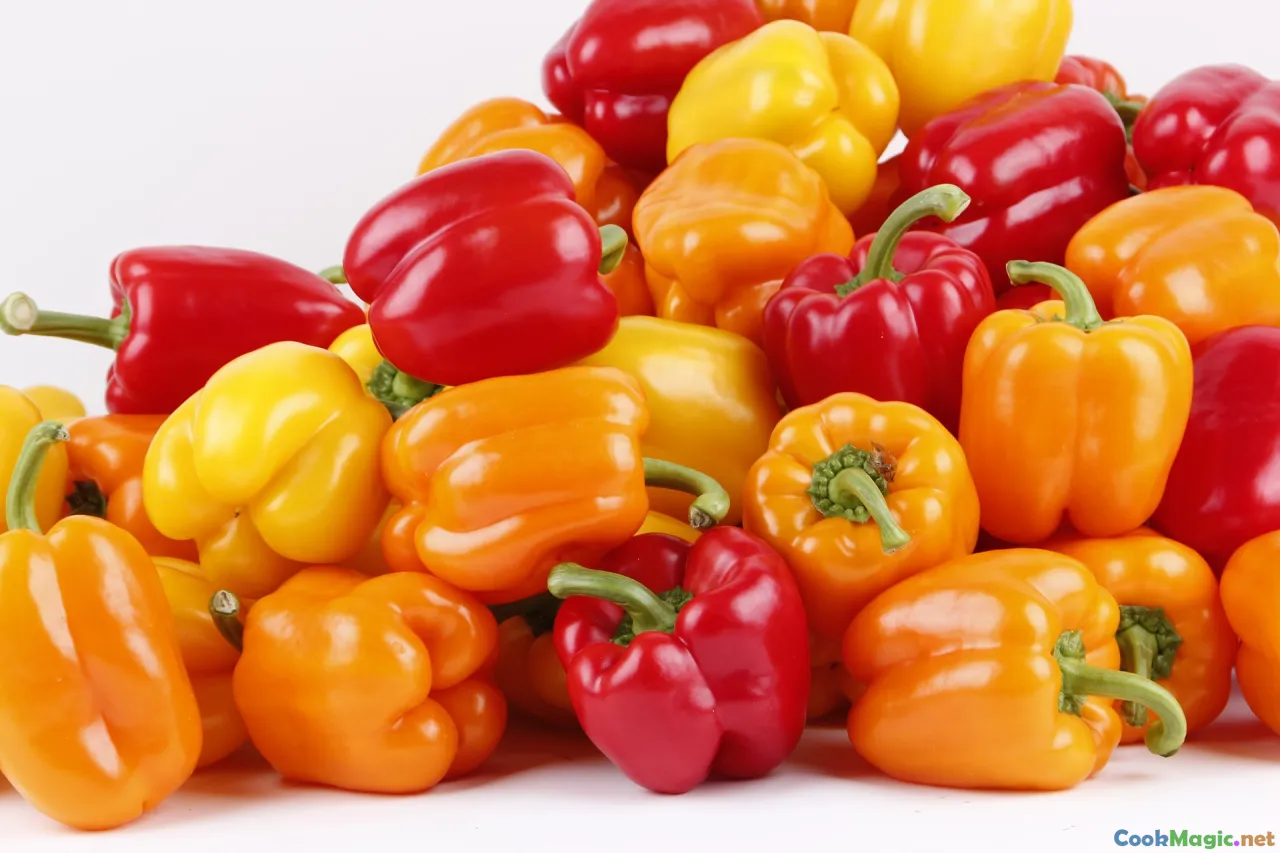
The first time I smelled Portugal in a pan, it wasn’t in a restaurant—it was in a kitchen with windows flung open to a line of salt-streaked laundry, a radio sighing fado, and a shallow earthenware dish warming gently on a gas flame. Olive oil breathed out its peppery perfume. Bay leaf kissed the air with green perfume. Garlic softened into sweetness. A pinch of paprika fell like rust-tinted snow and bloomed into orange foam as the spoon scraped the bottom. That’s the moment I realized: the country’s flavor lives in its blends, those small, precise gatherings of spice, herb, and acid that quietly organize the chaos of the Atlantic.
A Pantry Forged by Wind and Water: The Portuguese Spice Story

To decode Portuguese spice blends, begin with wind and water. For centuries, ships sailed from Lisbon and Porto along routes that braided Africa, Brazil, India, and back again. The sailors returned not with riotous masala boxes but with aromas Portugal would use like punctuation—sparingly, poetically, with purpose.
Malagueta chiles (piri-piri) traveled from Africa and Brazil and became a whispering heat, not a roar. Black pepper and allspice came to the islands. Saffron visited but rarely stayed; in its place, paprika—colorau—found a permanent chair at the table, brought by trade and made at home from sun-cured red peppers. Cinnamon arrived in the holds from Sri Lanka and struck up a lifelong love affair with sugar, rice pudding, and custards. The Moors’ long presence left their trace in cumin and coriander; Pennyroyal (poejo) claimed a particular corner in Alentejo’s herb gardens. Citrus trees bent with fruit in the south. And everywhere: bay leaf, the green laurel that anchors so many pots, sometimes so abundant in Madeira that it literally becomes the skewer for grilled meat.
Where India leaned into complexity and Morocco into fragrant warmth, Portugal—ever practical, with a fisherman’s restraint—filed its aroma down to a bright, essential set of blends. You see them in marinades based on wine and garlic, in pastes that transform pork, in oils that drip piri-piri fire on grilled sardines. They are less fireworks, more lighthouse: steady, guiding, unmistakable from a distance.
The Seven Building Blocks of Portuguese Seasoning
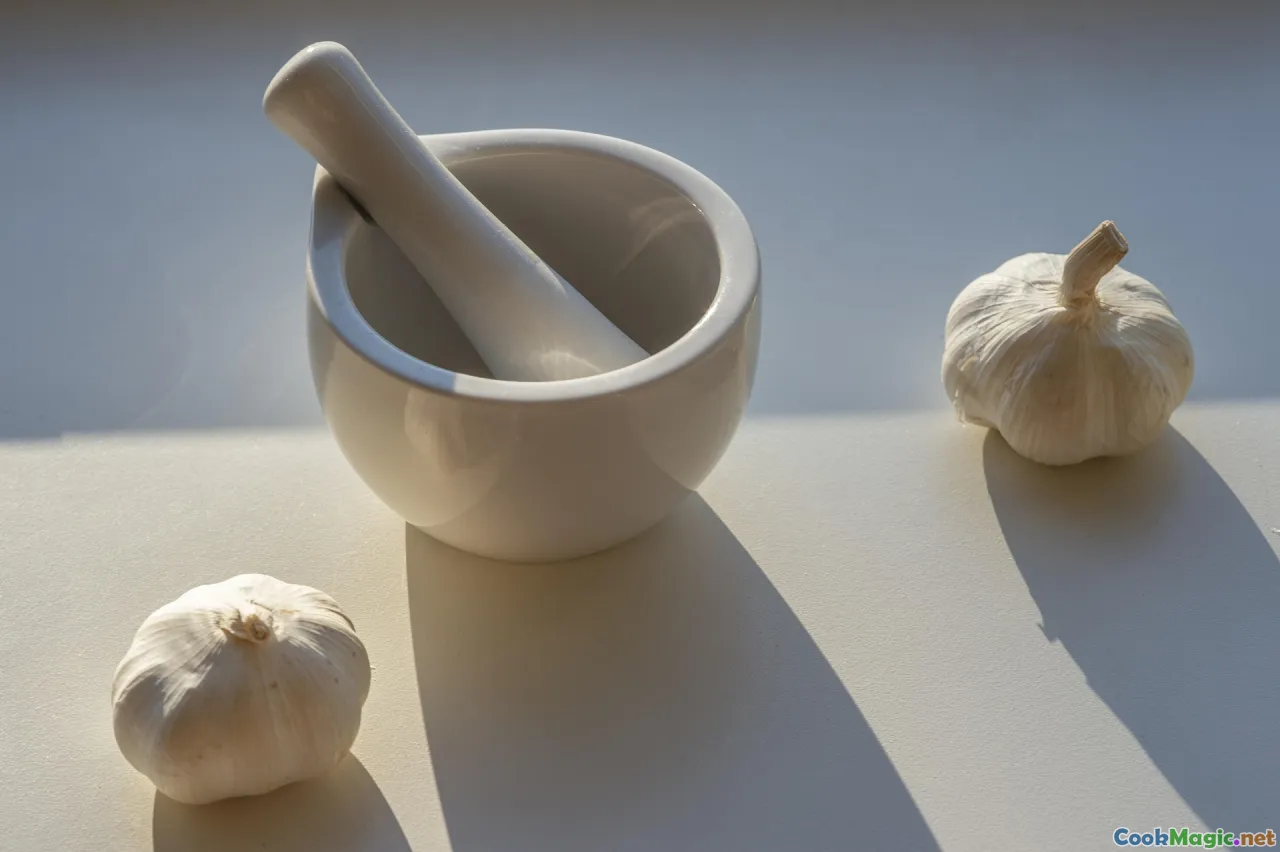
Treat these as the grammar of Portuguese flavor. Learn them, and you can speak the food.
- Refogado (the quiet base)
- What it is: A gentle sauté of chopped onion and/or garlic in olive oil with bay leaf, often finished with tomato.
- Why it matters: It’s the breath under countless stews and rice dishes—arroz de marisco, caldeiradas, feijoadas.
- Rule of thumb: 2 parts onion to 1 part tomato; 1–2 cloves garlic; 1 bay leaf; cooked low until sweet.
- Louro–Alho–Colorau Rub (bay–garlic–paprika)
- What it is: A paste of smashed garlic, sweet paprika, salt, and olive oil, perfumed with bay (either crushed or added as leaf).
- Works for: Roast chicken, ribs, cod gratins, grilled pork.
- Ratio: 4 cloves garlic, 2 tsp sweet paprika, 1 tsp coarse salt, 2 tbsp olive oil, 1–2 bay leaves, for 1 kg meat.
- Vinha d’alhos (wine-and-garlic marinade)
- What it is: White or red wine, garlic, bay, black pepper, sometimes a splash of vinegar. The marinade that taught countless meats to sing.
- Regional leanings: More vinegar and spice in Madeira; more wine-forward on the mainland.
- Ratio: 250 ml wine, 4–6 cloves garlic, 2 bay leaves, 1 tsp black pepper, 1–2 tbsp vinegar per 1 kg pork or beef.
- Massa de pimentão (salt-cured red pepper paste)
- What it is: Peppers salted and left to weep, then blended with garlic and sometimes a nudge of wine—Portugal’s red gold.
- Uses: Pork, clams, bifanas, stews, bean dishes, quick dressings.
- Shortcut: Good-quality sweet paprika, blended with garlic and olive oil, is a weekday cousin.
- Piri-piri oil (chile perfume)
- What it is: Malagueta chiles steeped in olive oil with garlic, bay, and a strip of lemon peel. A drop wakes grilled fish, chicken, even soups.
- Personality: Heat that grows and lingers rather than slaps.
- Coentros & citrus (fresh coriander and lemon)
- What it is: Fresh coriander roughly chopped with garlic, lemon zest/juice, and olive oil.
- Neighborhood: Algarve coastlines and cataplanas, fish soups, xerém with clams.
- Ratio: 1 large bunch coriander, 1 clove garlic, zest of 1 lemon, 2 tbsp juice, 4 tbsp olive oil, pinch salt.
- Sweet spice notes (cinnamon, clove, allspice)
- What it is: Warming spice for desserts (rice pudding, custards) and for island savory dishes like alcatra.
- Caution: A pinch goes far. Portugal doesn’t chase perfume for its own sake; it threads it carefully.
These aren’t recipes as much as reliable instincts. Portugal cooks by alignment: herb, acid, heat, and time.
North of the Douro: Smoke, Paprika, and Granite Kitchens
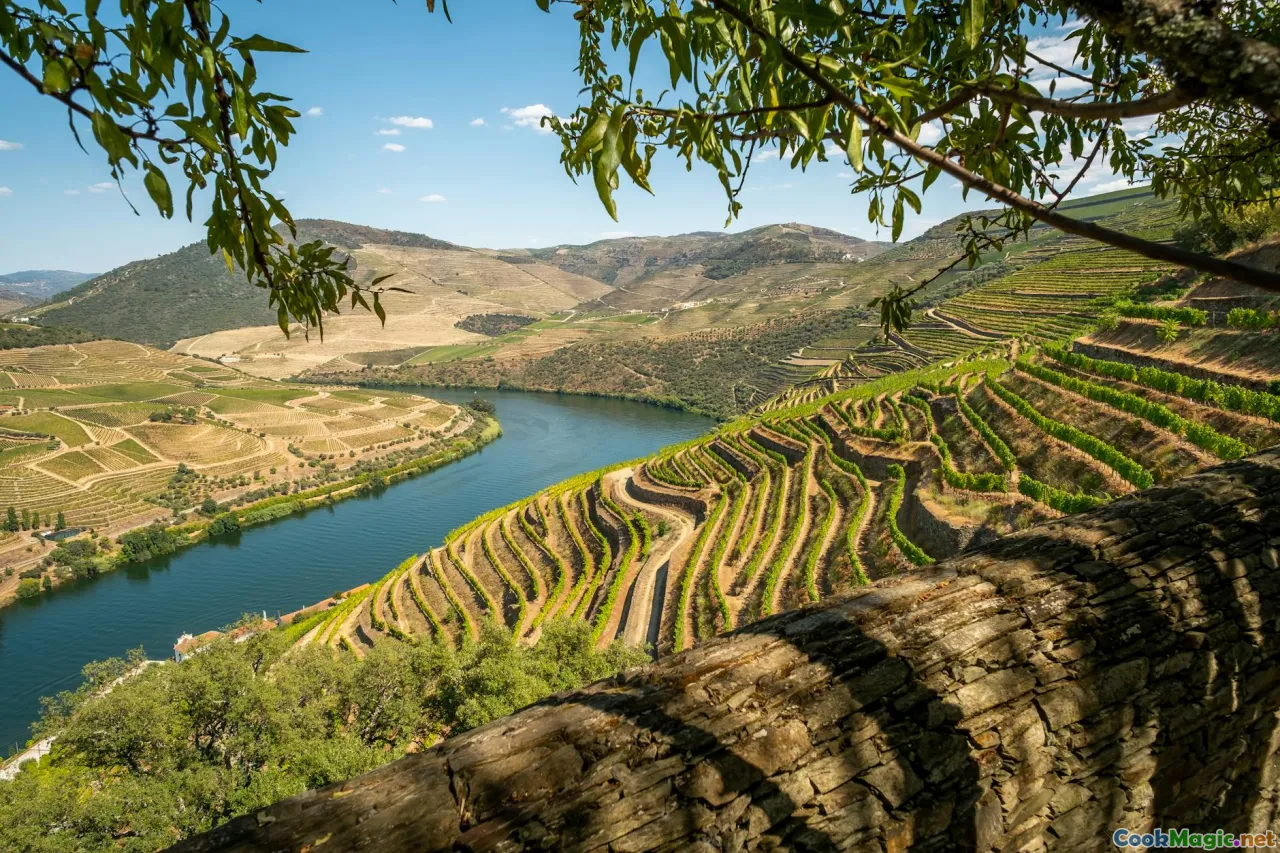
In Minho, Trás-os-Montes, and Douro, kitchens smell of stone and smoke. I woke once in Bragança to a wind that tasted like chouriço—the town’s winter backbone of paprika-stained links laid over low embers. In Vinhais, smokehouses exhale a steady, cedar-like breath from wood that never flares; paprika pigment stains fingernails and aprons; garlic dries in braids.
Here, spice blends lean into paprika, bay, and garlic, with a hush of cumin in bean and tripe dishes. The meat rub is almost a handshake: sweet or bittersweet paprika, coarse salt, smashed garlic, olive oil, and bay leaf. Sometimes there’s a flick of piri-piri, sometimes not.
- Feijoada transmontana: Beans and pork cuts, scented with bay and paprika, an optional pinch of cumin to brace the sweetness of the sausage. Adding cumin is like adding a backbone of shadow; a quarter teaspoon per pot can turn the dish honest without turning it exotic.
- Tripas à moda do Porto: The city’s pride. White beans, tender tripe, cured meats, an honest refogado, and an optional dust of cumin or allspice depending on the grandmother. A local cook once told me, with a finger to her lips, that her mother kept a jar marked simply cominhos. She’d grind just enough between two spoons and fold it in at the end, like a confession.
- Posta mirandesa: Thick-cut beef from Miranda do Douro, rubbed with garlic, colorau, and salt, grilled over vine trimmings. The fat sizzles crimson at the edges where the paprika meets flame.
At Mercado do Bolhão in Porto, sniff the rows of dried bay leaves—flat, matte, and newly brittle—and the paprikas graded from doce (sweet) to picante. Ask for colorau that still smells like sun-warmed peppers, not one dimmed by age. The right paprika turns stew orange the way stained glass turns sunlight ruby.
Beiras and Ribatejo: Wine-Dark Stews and Peppery Bread Soups

Moving south through Beira Litoral and Beira Interior, spices grow earthier, stews more brooding. In the Coimbra countryside, goat becomes chanfana—marinated overnight in red wine, garlic, bay, piri-piri, black pepper, and a spoon of paprika—then sealed in a black clay caçoila and baked until the meat forgets it was ever muscle.
- Chanfana marinade: 750 ml robust red wine for 2 kg goat, 10 cloves garlic smashed to a paste with 2 tsp salt, 3 bay leaves, 1 tsp black pepper, 1 tsp sweet paprika, a few drops of piri-piri oil. The paprika’s role is not to shout but to tint, to sweeten the garlic just enough.
- Sopa da pedra of Almeirim: A soup that eats like a story, full of beans, sausages, and potatoes. Bay, garlic, and paprika rule here; no complicated spicing needed. Add the bay leaves early and remove them before serving, then finish with a drop of piri-piri on the ladle to lift the last bowl.
- Leitão da Bairrada: Piglet rubbed with garlic paste, coarse salt, pepper, and lard. Some cooks brush a fragile wash of piri-piri and white wine during roasting for a lacquered finish. The pepper here is not timid: fresh-cracked, it snaps like a twig.
Ribatejo, land of bulls and rice fields, sends its rice dishes to table perfumed mostly by garlic and bay. If cumin appears, it’s a rumor in a bean dish. Morcela de arroz (blood sausage with rice) sometimes hides a pinch of clove or cinnamon, borrowing the dessert spice to round the iron richness.
Alentejo’s Red Earth: The Reign of Massa de Pimentão
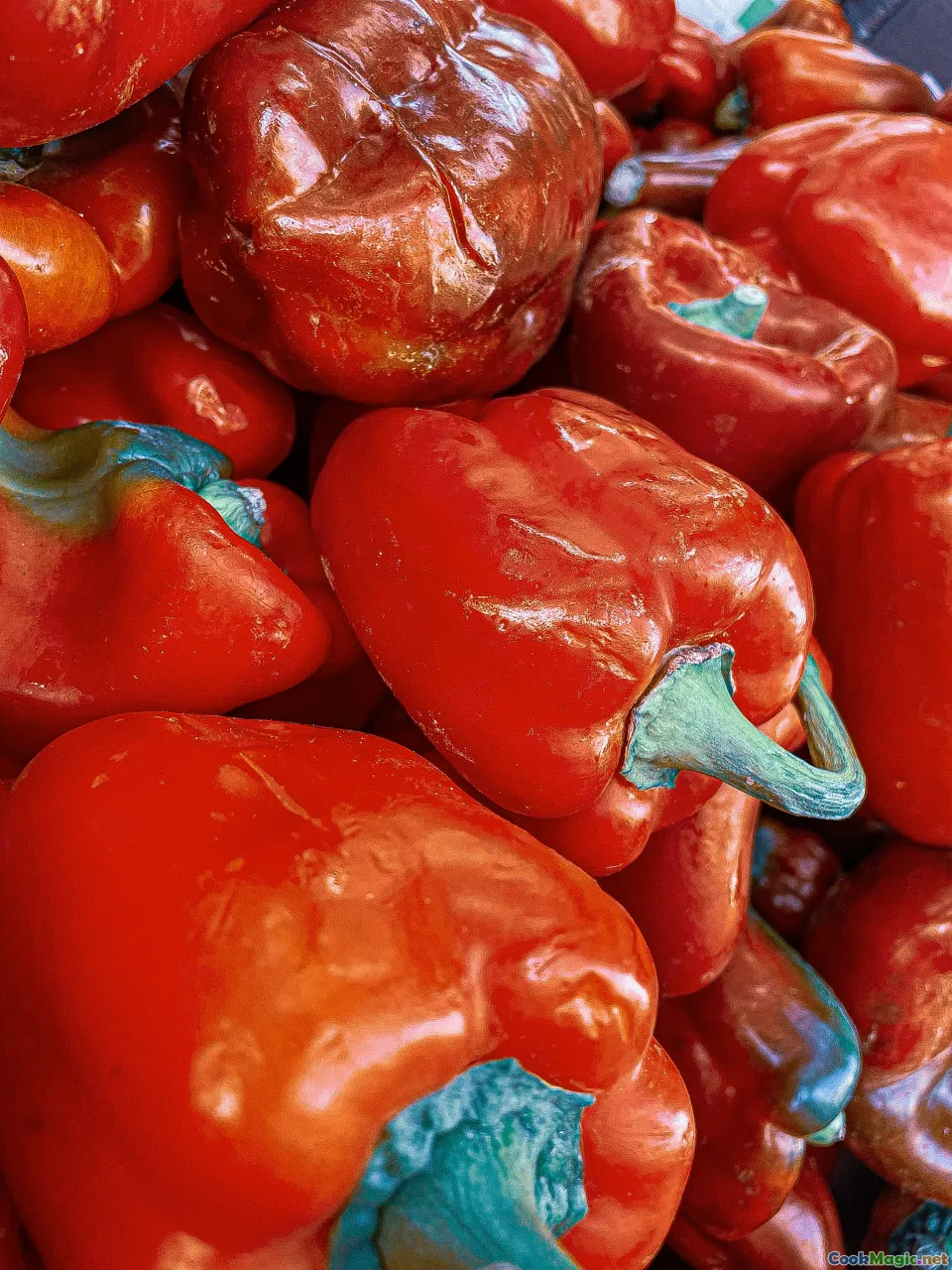
Évora at dawn smells like coffee and pork. In the market, a vendor in a red apron lifts a lid from a clay vat; the paste beneath it is the color of terracotta roof tiles after rain: massa de pimentão. This is Alentejo’s house key, slipped under the mat.
The process is ritual. Red peppers are split, salted generously, and left overnight (sometimes longer) to weep into a bowl. The next day, they’re wrung dry, patted down, and ground with garlic, wine, and a breath of olive oil. Some families tuck a bay leaf into the jar like a bookmark. The paste is intense but not aggressive; it’s the memory of summer capsicum preserved for winter.
What the paste does is multifold: it stains pork rosy before it ever meets heat; it sweetens garlic without sugar; it salts in a round, mouthwatering way. When blended with wine and garlic to make a marinade, it becomes the backbone of carnes de vinho e alhos and of the dish that launched a thousand postcards: carne de porco à alentejana.
- Carne de porco à alentejana: Pork shoulder cubes marinated in massa de pimentão, white wine, garlic, and bay, then fried and tossed with clams that taste like the lagoon and finished with fresh coriander. The first bite is a choreography—sweet-pepper softness from the paste, saline pop from the clams, bright green coriander, and a wisp of bay you can’t see but feel the way you feel shade.
- Migas and secretos: Pork again, of course, and bread fried in garlic-laced olive oil until the exterior crackles. Massa de pimentão stains the crumbs a polite coral and perfumes the crust.
Herbs here are not garnish. Fresh coriander and mint (and the local pennyroyal, poejo) write themselves boldly in soups and stews. Açorda alentejana—garlic, coriander, olive oil, hot broth poured over stale bread—smells like a herb garden after summer rain. When cumin appears in Alentejo, it’s a pinch, often in bean stews or on the down-low in sausages; never enough to travel, always enough to deepen.
Home cook’s note: If you’re making massa de pimentão at home without access to the right peppers, blend sweet paprika with roasted red peppers, garlic, salt, and just enough white wine to loosen. The wine is not only flavor—it’s culture, acidity, and a ticket into the meat.
Algarve Heat: Piri-Piri, Cataplana, and Citrus

In the Algarve, heat isn’t just temperature. It’s light on copper cataplanas, brilliance on sardine scales, citrus oil atomized when you bend a peel. The spice blends turn toward chiles and coriander, each sharpened by the sea.
- Frango piri-piri of Guia: Ask three cooks and you’ll get four marinades. Mine, learned from a roadside grill with a billowing charcoal plume: malagueta chiles pounded with garlic and coarse salt, loosened with olive oil and lemon juice, perfumed with bay and a pinch of oregano, colored with a half teaspoon of paprika. Brush onto butterflied chicken before and during grilling. The air smells like smoke and citrus; your fingers afterward are perfumed for hours.
- Cataplana de peixe: Fish and shellfish sealed in a copper clam-shaped pot with a refogado of onion and garlic, paprika, bay, a thread or two of saffron if you’re lucky—or a pinch of safflower for color—and a storm of fresh coriander at the end. Some cooks add a slice of piri-piri toward the end to avoid dominating the seafood. The lid opens: steam that smells of tide pools and tomatoes rubs your glasses blind.
- Xerém with clams: Coarsely milled corn mush that holds garlic, coriander, lemon zest, and piri-piri like secrets. You finish it with a drizzle of hot piri-piri oil—the color pools and weaves like silk.
In Olhão’s morning market, you’ll see braids of piri-piri chiles dried to the color of dried blood, stacks of bay leaves shaped like little boats, and sugar-rubbed citrus peels for sweets. Ask a vendor about oregano and they’ll scoop you a handful that smells like heat-cracked hillsides.
If you want to make piri-piri oil with an Algarvian touch, warm olive oil with a few garlic slivers, a strip of lemon peel, and a handful of malagueta. Never fry the chiles; let them whisper. Bottle when the kitchen smells like your first barbecue of the summer.
Across the Atlantic Winds: Azorean Allspice and Molho de Pimenta da Terra
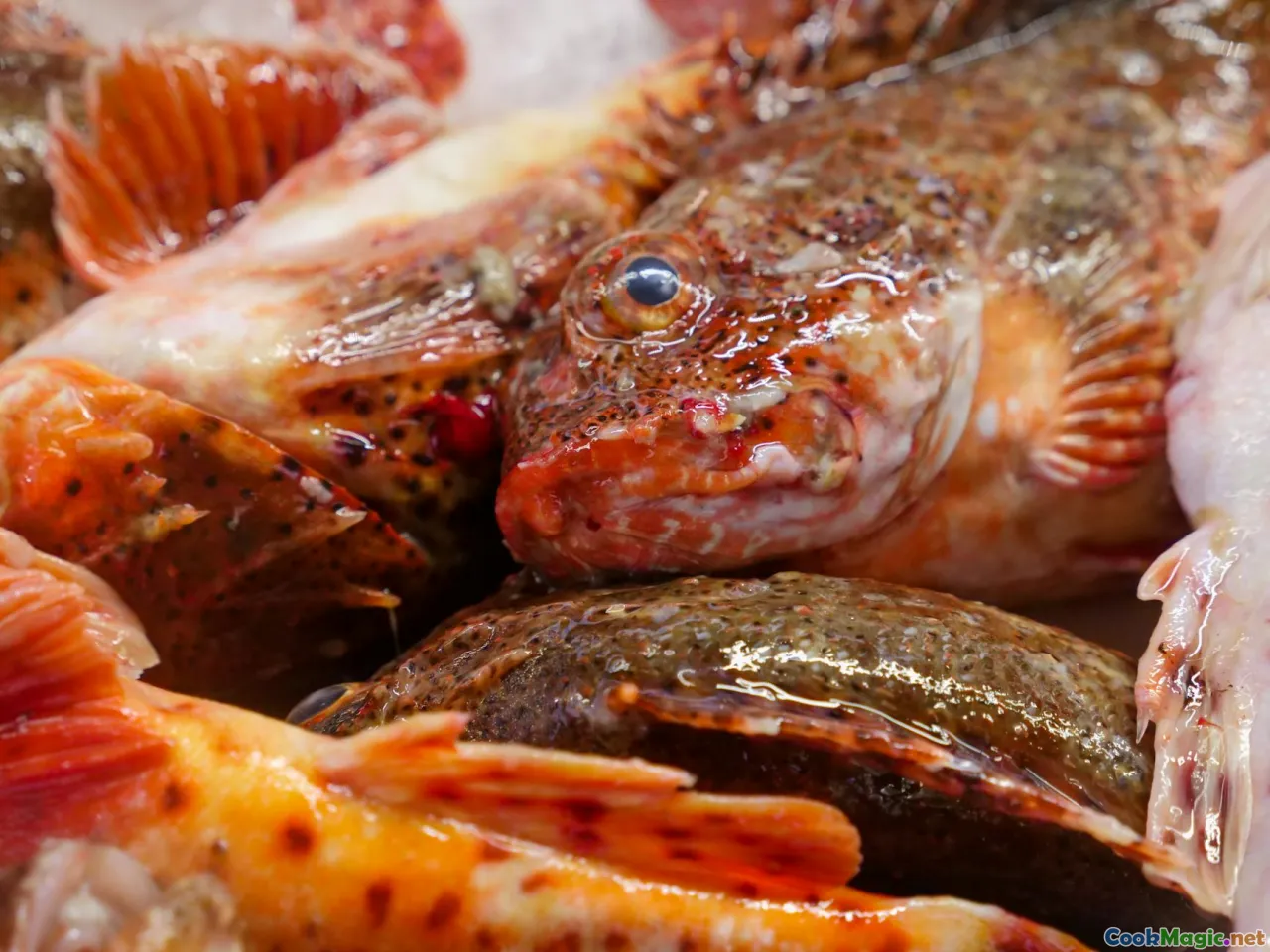
The Azores hold flavors that mainland Portugal doesn’t wear every day. The islands face open ocean and have always faced it with stew. On Terceira, alcatra is a ceremony in a pot: beef marinated with garlic paste, bay leaves, black peppercorns, and a measured sprinkle of allspice and clove, then cooked with wine until the meat swells with both savor and warmth.
Allspice here is not a carnival; it’s a village clock—present in the background and precise. One cook in Angra do Heroísmo taught me to press allspice berries once with the flat of a knife before adding them, to wake them without smashing them to dust.
São Miguel answers with a different red: pimenta da terra, a paste made of local peppers ground with salt, sometimes touched with vinegar. The paste lives on tables like a condiment and in kitchens like a tool. Dabbed on fresh cheese, it tastes like laughter. Stirred into a fish marinade—say, for fried mackerel—it brings a clean, briny heat that doesn’t scorch.
- Alcatra notes: For 2 kg beef, use 8–10 cloves garlic, 3–4 bay leaves, 1 tsp cracked black pepper, ½ tsp lightly crushed allspice, 2–3 cloves, 500 ml red wine. No paprika needed; the stew darkens with wine and time. The clay pot does something metal won’t: it rounds edges.
- Cozido das Furnas: The famous volcanic stew on São Miguel, cooked in ground-heated pits. The spice blend is restrained: garlic, bay, black pepper. Here, aroma comes from the earth. When the lid lifts and steam meets cool air, you smell mineral and marrow and the sea.
- Molho de vilão: A tangy sauce for fried fish made from garlic, paprika, bay, and vinegar—Atlantic escabeche with an island lilt.
Visit Mercado da Graça in Ponta Delgada and buy a small jar of pimenta da terra. Stir it into a vinaigrette for grilled limpets (lapas), squeeze lemon over the top, and you’ll understand Azorean balance: bright, salty, and somehow round.
Madeira’s Laurel and Vinegar: Carnes de Vinha d’Alhos and Espetada
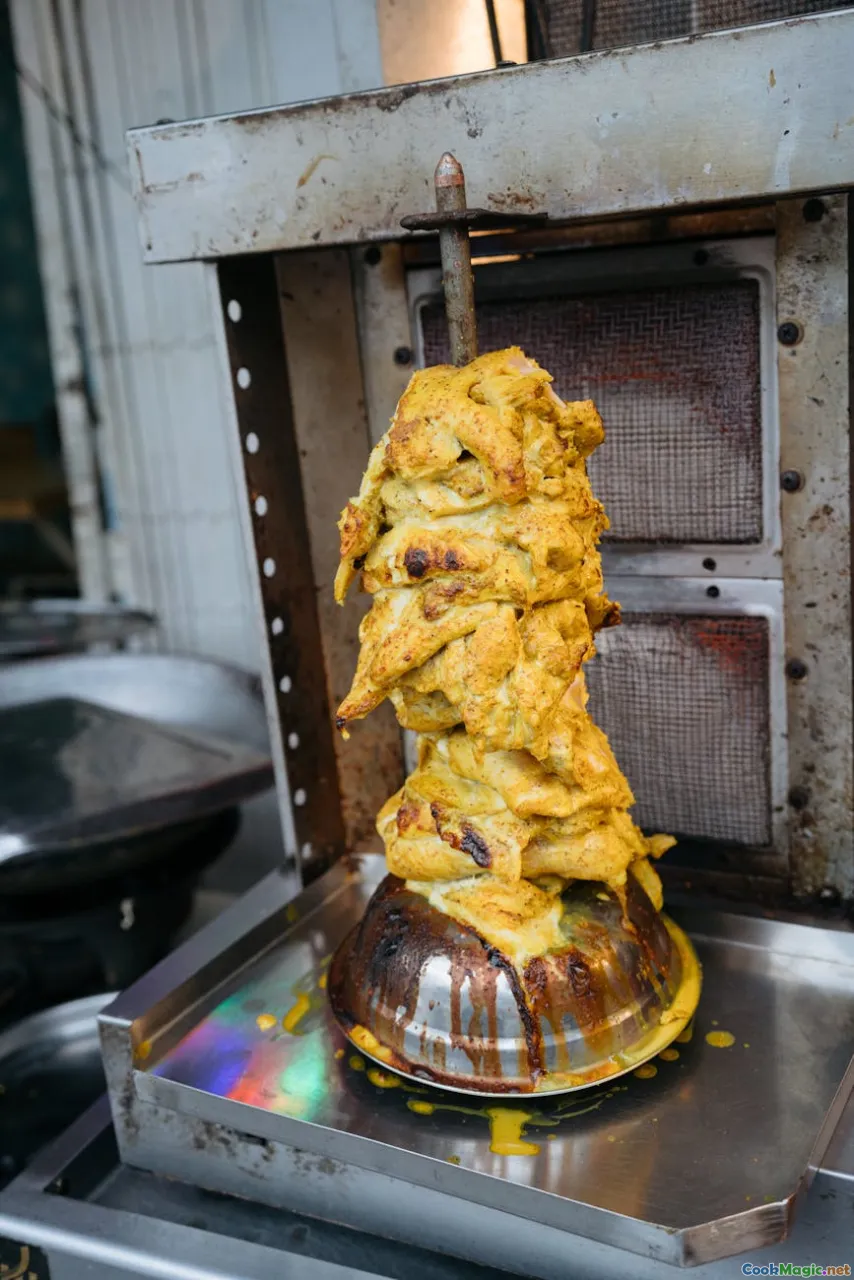
Madeira talks in laurel. The island’s bay trees grow with a confidence that borders on arrogance, which is how they end up as skewers for espetada—cubes of beef rubbed only with coarse salt and maybe garlic, threaded onto fresh bay sticks, grilled until they glisten and the edges char. As the meat sears, the bay warms and exhales a green, resinous perfume that softens beef’s bass notes into something singing.
Then there’s carne de vinha d’alhos, the island’s hallmark marinade for pork. Compared to the mainland, Madeira leans further into vinegar and is not afraid of warming spice. Clove is common; allspice appears. Some cooks add a splash of Madeira wine; others keep it sharp with white wine and vinegar.
- A Madeiran-style marinade: For 1 kg pork, 250 ml white wine, 75–100 ml wine vinegar, 6–8 cloves garlic, 2 bay leaves, 1 tsp black pepper, 2–3 whole cloves, ½ tsp allspice, 1 tsp sweet paprika (optional), coarse salt. Marinate overnight, then fry the meat in olive oil or rendered lard until the edges glaze.
- Bolo do caco with garlic butter: Not a spice blend per se, but the garlic-parsley-coriander butter smashed into hot, griddled bread turns a simple loaf into a perfume machine. The coriander’s green bite keeps the garlic from tasting heavy.
At Mercado dos Lavradores in Funchal, I once watched a butcher tie a laurel skewer with meat and wink: The bay does half my work. He wasn’t wrong.
Sausage Secrets: Inside the Chouriço Maker’s Notebook

Portuguese sausages are spice treaties. They’re documents that families have been revising for generations, notes scribbled in margins, adjustments for the year’s paprika, the age of the garlic, the dryness of the winter. Here’s what lives between the lines.
Chouriço (the benchmark)
- Per kg pork (70% lean, 30% fat): 18–22 g fine salt, 25–30 g sweet paprika, 10–15 g garlic (mashed), 2–3 g black pepper, 100 ml dry white wine, 1–2 bay leaves crushed by hand. Optional: 1–2 g hot paprika or a few drops of piri-piri oil. Mix, rest 24 hours, stuff, and smoke gently over olive or oak. The bay leaf goes in crushed so you get a low hum rather than leaf shards.
Linguiça (leaner, often spicier)
- Similar to chouriço but with a freer hand with piri-piri and sometimes a tiny pinch of clove to lengthen the finish.
Farinheira (bread-and-flour sausage)
- Paprika forward, garlic soft, wine present; almost no meat. The spice decisions are deliberate: you’re perfuming a cloud.
Morcela (blood sausage)
- Salty-sweet with cinnamon and/or clove sometimes whispering in Beiras. A pinch—less than ¼ teaspoon per kg—is enough. Too much and you’ve baked a cake by mistake.
Alheira (from Trás-os-Montes)
- Garlic takes the lead, paprika supports, sometimes a brush of cumin. Traditionally chicken or game with bread.
Smoke here is part of the blend. Bay leaves thrown onto embers perfume the links. Paprika’s color intensifies under smoke; it becomes more rusted, less red. Don’t be tempted to add too much heat—Portuguese sausages are not competitions; they’re conversations.
Field Notes from Markets and Kitchens
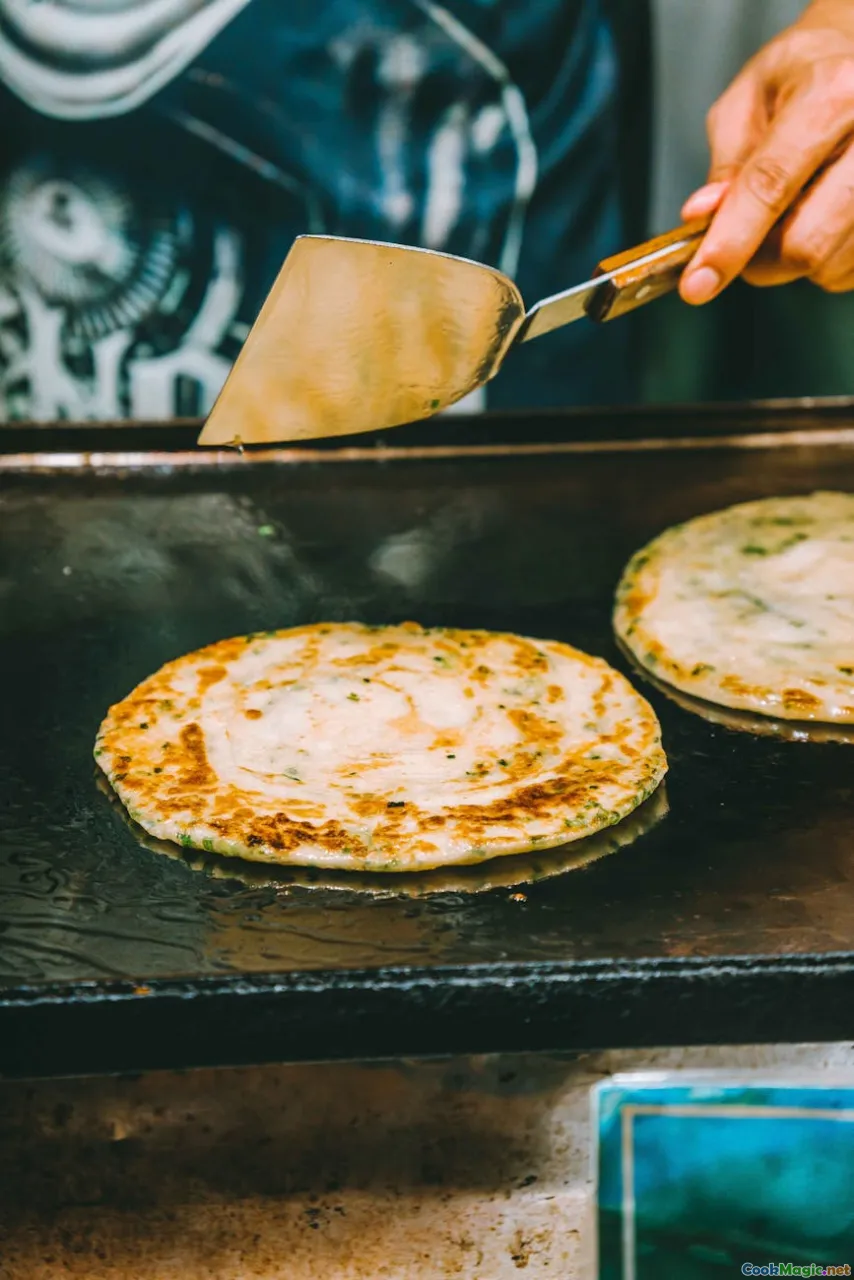
- Porto, Mercado do Bolhão: I tasted three paprikas with a woman who had been selling spice since before I was born. The first smelled like sweet peppers under a magnifying glass. The second like autumn leaves. The third, she told me, was last year’s—dead as a doornail. She tapped the jar: Use this and your stew will taste like the day after a party.
- Évora, a charcutaria: The butcher pressed a finger of massa de pimentão on my palm and told me to taste. The salt hit first, then a delicate, ripe pepper sweetness. You could build a life around it, I thought. He laughed when I bought the jar to take home. You’ll finish it in a week, he said. He was almost right.
- Funchal, Mercado dos Lavradores: Laurel branches stacked like brooms. I watched a man whittle a skewer and hand it to a child as if passing down an heirloom. A few stalls away, bottles of amber piri-piri oil glowed like tiny sunsets.
- Tavira, a quayside grill: Sardines went down on the grate slicked with olive oil and lemon. The cook waved a brush dipped in piri-piri oil like a conductor. A couple from Lisbon arrived late, and he grinned as he handed them a paper plate: Here’s the Algarve as a sentence: salt, sun, and a little heat.
- Ponta Delgada, Mercado da Graça: Fresh white cheese spread with pimenta da terra. I remember thinking: if you could catch a wave as it rolled and turn it into a taste, it would be this—clean, bright, slightly wild.
How to Stock a Portuguese Spice Drawer at Home
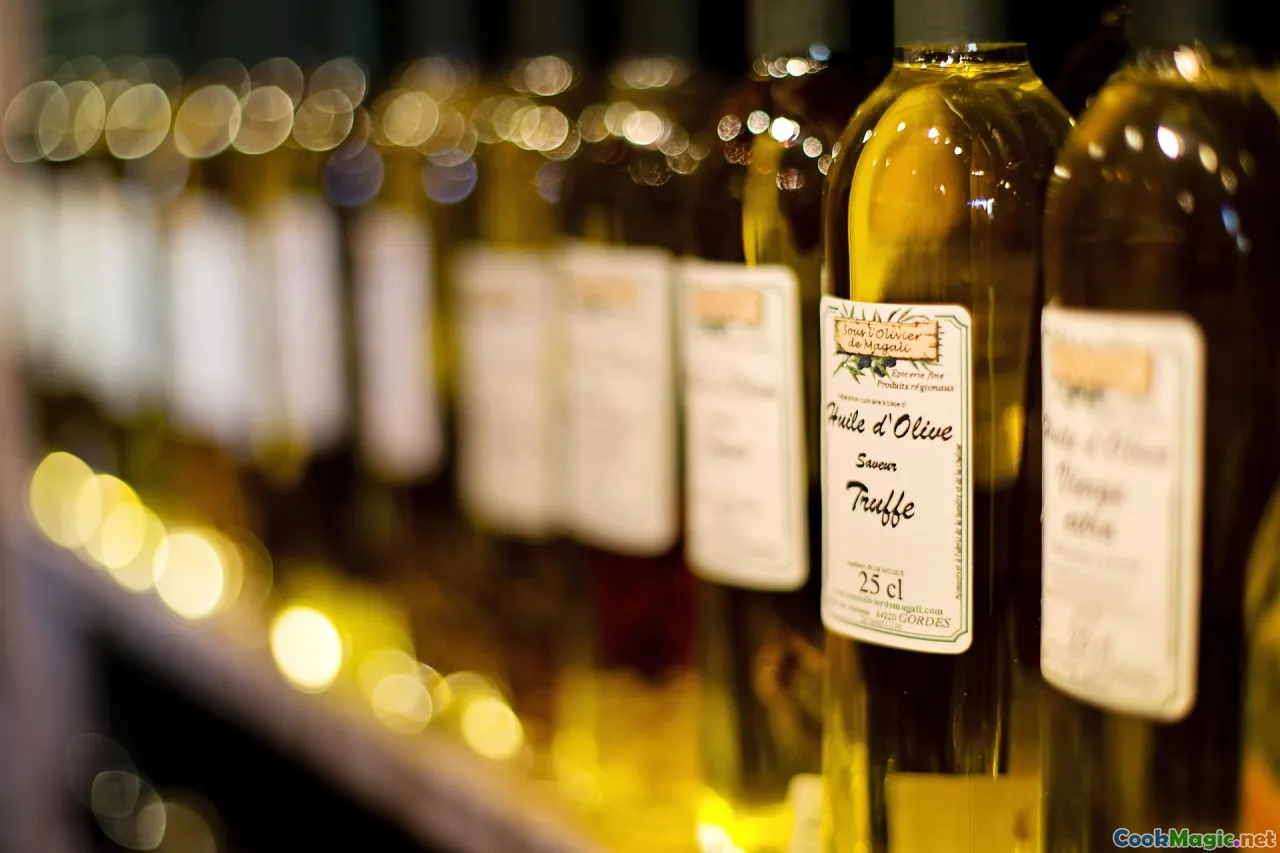
You don’t need an apothecary’s cabinet. You need the right nine things and a few quiet habits.
The essentials
- Sweet paprika (colorau): Look for one that smells freshly cut, not dusty. Portuguese brands sometimes label colorau; Spanish pimentón dulce is a fine stand-in, preferably non-smoked unless the recipe calls for it.
- Hot paprika or piri-piri flakes: For control over heat.
- Dried bay leaves: Choose leaves that are still green-ish and bend before they shatter. If all you can find are brittle brown leaves, double the amount.
- Black pepper: Whole peppercorns and a grinder. Pre-ground dulls quickly.
- Garlic: Think of it as your most important spice.
- Olive oil: The medium as much as the message.
- White wine vinegar and wine: Acid is part of Portuguese seasoning, not just a finishing thought.
- Fresh coriander (cilantro): Buy when needed, or plant a pot near a window.
- Cinnamon sticks, whole cloves, allspice: For sweets and island dishes.
Good-to-have
- Oregano (dried), thyme (dried), mint (fresh), pennyroyal if you can find it.
- Saffron or safflower: For color and a light aromatic thread in fish stews.
- Maldon-style salt and coarse sea salt: Texture matters in rubs and finishes.
Storage and use
- Keep paprika away from heat and light; buy in small amounts. Replace every 6–9 months. If it doesn’t stain your fingertip orange, it’s past its song.
- Crush bay leaves in your palm before adding; it wakes the leaf.
- Warm spices in oil briefly to open them, but don’t scorch—the difference between perfume and bitterness is thirty seconds.
- Taste your vinegar. Some are sharp as knives, some rounded. For vinha d’alhos, you want a bright cut that won’t bully the wine.
Where to shop
- Portuguese grocers in diaspora neighborhoods often carry excellent paprika, bay, and jarred massa de pimentão. Look for small import dates and jars that haven’t collected dust. Online, seek producers who mill from sun-dried peppers.
Flavor Architecture: Building Dishes Around Blends
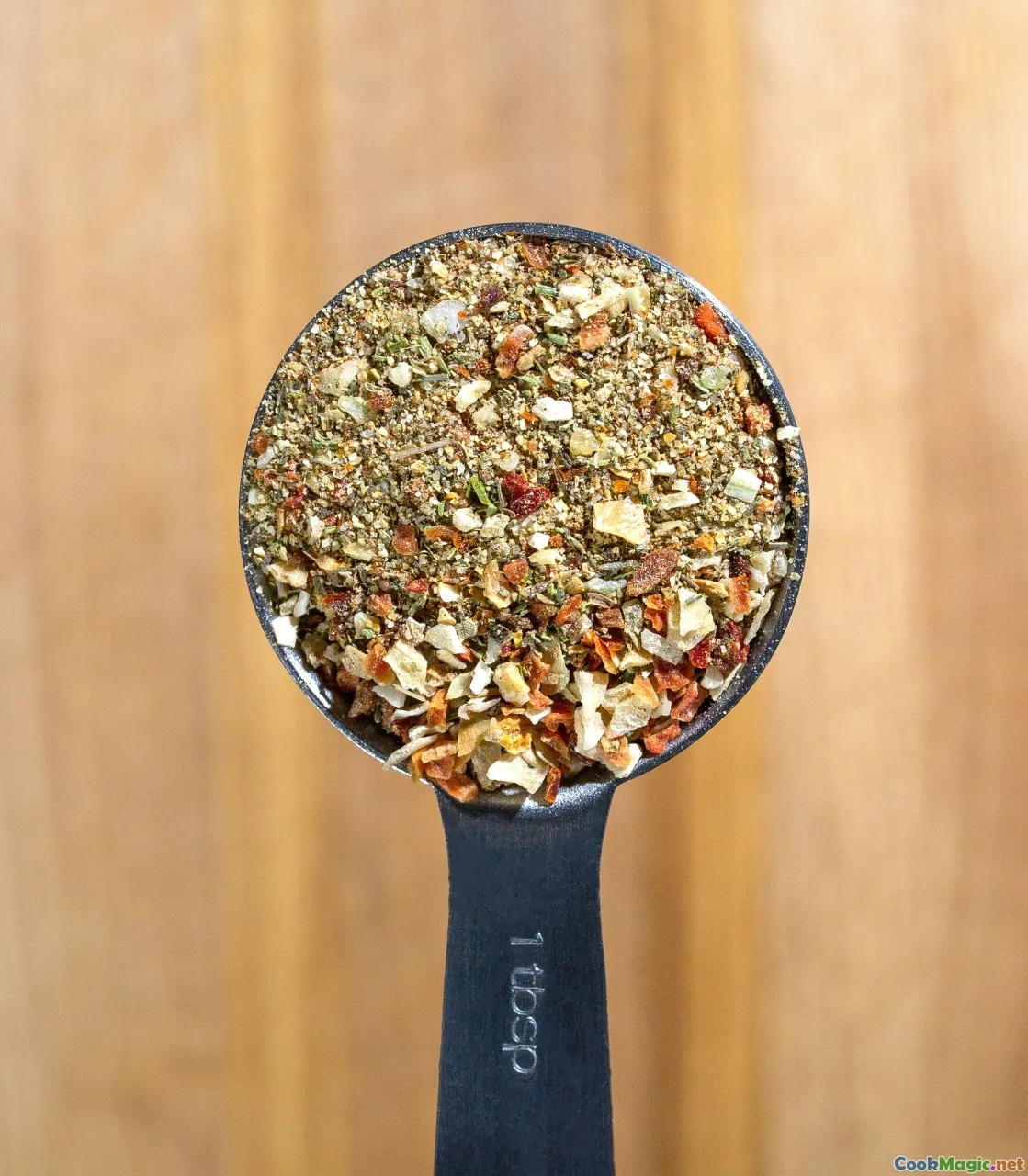
When you build a Portuguese dish, think like an architect:
- Base: Refogado makes ground—onion, garlic, bay, olive oil—cooked until sweet but not browned. In fish dishes, keep it lighter; in bean and meat stews, let it deepen.
- Color and sweet savor: Paprika or massa de pimentão. Use enough to tint and perfume; too much and you slide into monotone.
- Acid: Wine for depth; vinegar for edge. In meat marinades, balance them. In fish, lemon often plays this role.
- Heat: Piri-piri—oil or fresh—added in drops. The goal is presence, not punishment.
- Herb: Bay during cooking; coriander at the end for fish and some pork; oregano or thyme for bread soups and roasts.
- Salt: Early for proteins, late for broths and beans.
Two applied examples
- Weeknight bacalhau bake: Toss salt-desalted cod with onions, sliced potatoes, a refogado kissed with paprika, bay leaves tucked in, black olives dropped like punctuation. Finish with a spoon of piri-piri oil and coriander if you want to leave the mainland mentally.
- A house piri-piri marinade: For 1 butterflied chicken: 4–6 malagueta chiles (or bird’s eye), 4 cloves garlic, 1 tsp coarse salt, 1 tsp sweet paprika, zest of 1 lemon, 2 tbsp lemon juice, 3 tbsp olive oil, 1 bay leaf crumbled, pinch dried oregano. Pound to a paste; paint the bird; let sit an hour; grill. Add a last brush of the marinade in the final minute to wake the spices.
Timing matters. Garlic in a marinade can go from partner to tyrant overnight; if you’re sensitive, mash it and add half at the start, half an hour before cooking. Bay is generous in long cooks and bossy in short ones; treat it accordingly.
Side-by-Side: Portuguese Blends vs. Spanish and North African Neighbors
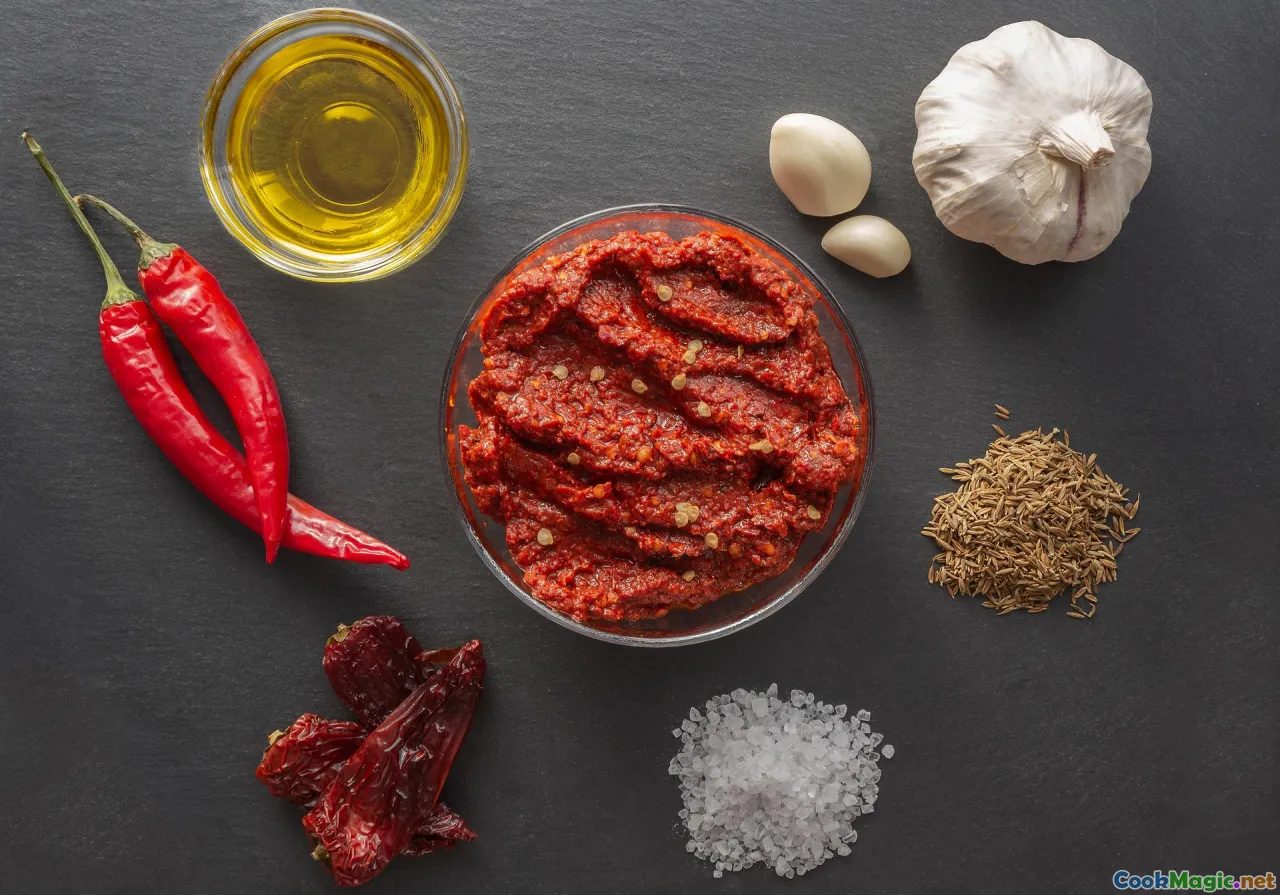
Portugal and Spain share paprika and pork, but the flavor grammar is different. Spanish cooking often leans on smoked pimentón; Portuguese colorau more often is unsmoked, sweet, and supportive. Where Spain might toast saffron for a paella, Portugal reaches for bay leaf and wine to guide a rice. Portugal’s love affair with cilantro (especially along the southern coast) sets it apart in the Iberian conversation.
Against North Africa, Portuguese food keeps spice volume lower and acidity higher. You’ll see cumin occasionally, but you won’t see ras el hanout piling on layers; instead, you’ll taste the sincerity of garlic, the frankness of wine, the line drawn by vinegar. Harissa and piri-piri share pounded chiles and garlic, but harissa is a paste that occupies a dish; piri-piri is a sketch that lets the dish breathe.
Massa de pimentão and Catalan ñora paste are cousins across a border. Ñora keeps dried, sun-wrinkled and rehydrated; massa rests fresh and salted. In practice, both sweeten garlic and lend body; in culture, each belongs to its own shore.
Tasting the Regions at Your Stove: A How-To Map

Want to cook a Portuguese region without leaving your stove? Try these micro-blends.
- Minho/Douro (northern): Bay + garlic + sweet paprika + white wine. Use in refogados, roast poultry, and bean stews. Finish with black pepper.
- Trás-os-Montes: As above, plus a whisper of cumin in beans or tripe. Smoke if you can (a bay leaf on the grill works wonders).
- Beiras: Paprika and bay again, but give red wine a starring role in goat and beef stews; a drop of piri-piri to finish.
- Ribatejo: Bay and garlic with sausages; cinnamon or clove in morcela if you want to travel a step.
- Alentejo: Massa de pimentão in pork marinades; finish with fresh coriander. A leaf of pennyroyal in a bread soup if you can find it.
- Algarve: Piri-piri oil, coriander, lemon zest, bay. Use in fish cataplanas and grilled chicken.
- Azores: Garlic, bay, black pepper, and measured allspice/clove in alcatra; pimenta da terra on the table.
- Madeira: Vinha d’alhos with vinegar and clove; laurel skewers and coarse salt for espetada.
Taste often. Portugal cooks by nose. When the kitchen smells right—bay leaning into wine, garlic mellowed, paprika unfurling—you are close.
Small Techniques That Change Everything

- Smash, don’t mince, your garlic for marinades. It releases oils that dissolve into wine and oil; minced garlic can taste raw and granular.
- Crumble bay leaves in your hand. Powdered bay is a secret weapon in rubs: a pinch, no more.
- Bloom paprika off the heat in oil. If it sizzles, you’ve gone too far—bitterness is a short step away.
- Build piri-piri oil over low heat and let it sit a week. The first day tastes good; the seventh tastes like it has a story.
- Salt peppers when making massa de pimentão and be patient. The overnight draw is what concentrates flavor; skipping this gives you sauce, not paste.
- Add fresh coriander at the end. Heat bruises it; steam perfumes it.
Story Thread: The Woman With the Wooden Spoon
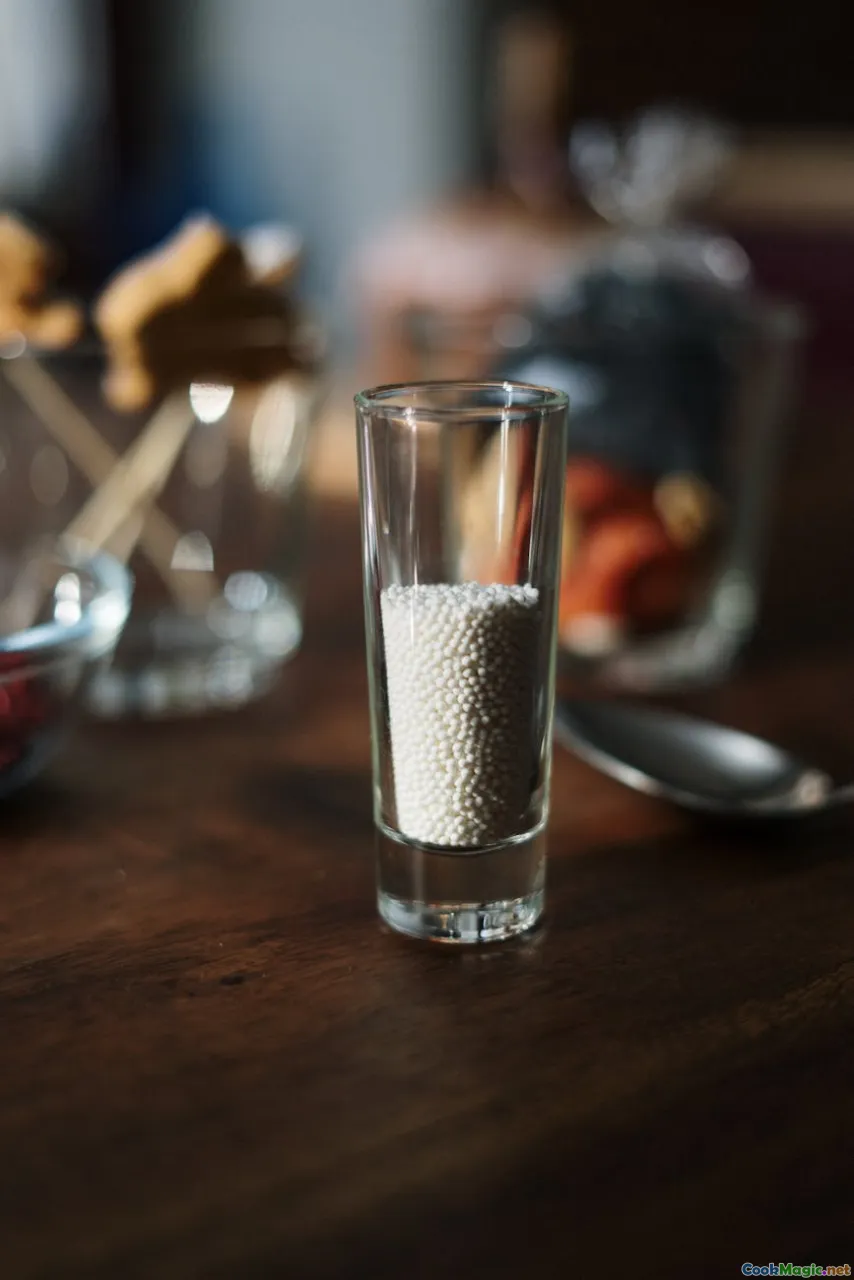
In a village outside Évora, I cooked with a woman whose wooden spoon was older than I am. The spoon had a smooth canyon worn where her thumb lived. She made a rub for pork from garlic and massa de pimentão and would not measure, not out of arrogance but from trust. She held the garlic clove under the knife and pressed until it cried. She crumbled bay leaf with her knuckles and threw a glance at the pantry for wine. When I asked about cumin, she smiled like the thought was a song she remembered from another decade. In beans, perhaps, she said. In pork, we have our paste.
The pork took on color. The bowl’s rim reddened. She poured white wine around the edges as if forgiving the meat for what would happen next. Later, as we ate with pickled carrots and a glass of something cold, she scraped the last red streaks from the plate with bread. That’s the taste, she said, and I knew she meant the place.
A Cook’s Checklist for Portuguese Blends
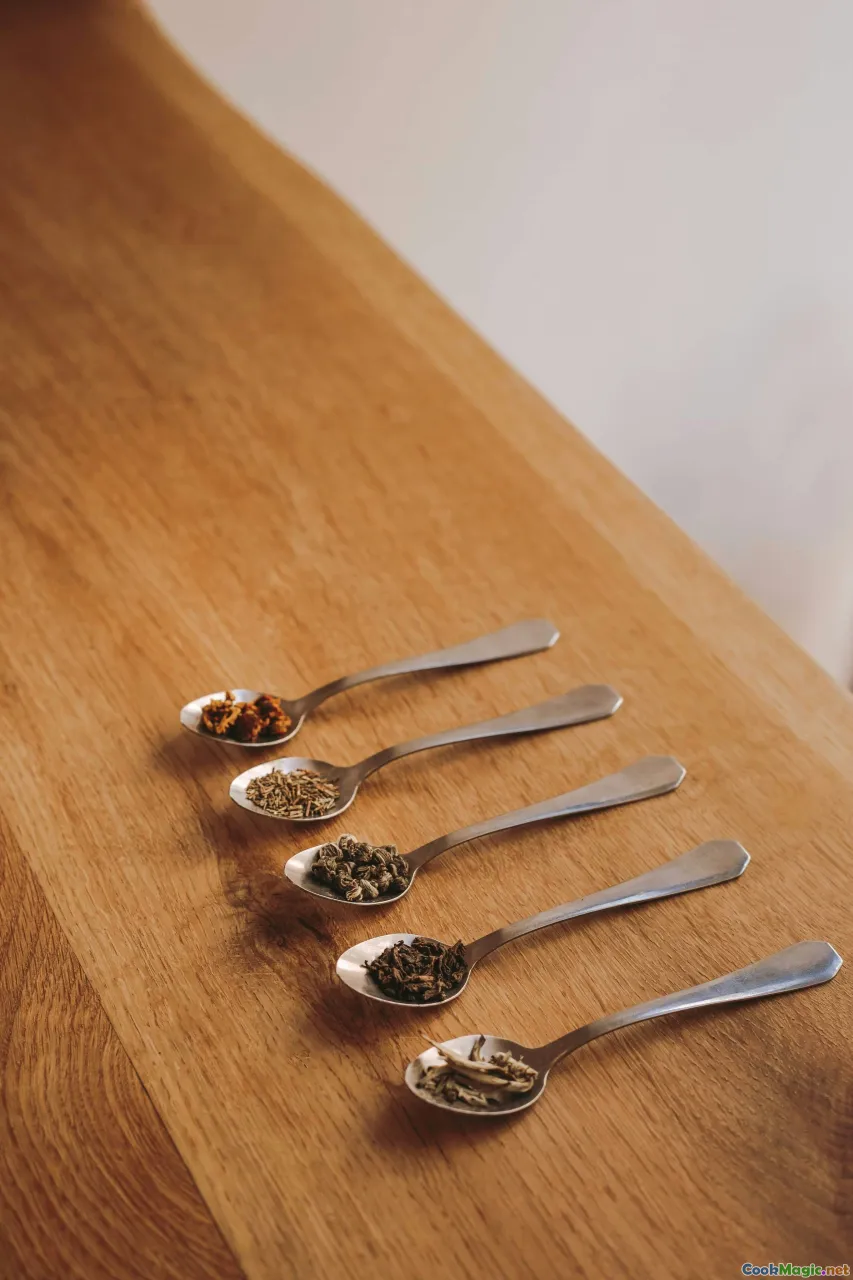
- Keep a jar of massa de pimentão in the fridge; use it for pork, beans, marinades, and emergency flavor in soups.
- Assemble a piri-piri oil and label it with the date. Use sparingly on grilled fish, potatoes, and eggs.
- Treat bay as an ingredient, not a suggestion. Use 1–2 leaves in a small pot, 3–4 in a large stew—taste and remove.
- Pick your paprika with care. Sweet for daily, hot for definition. Smoked only when smoke is intended.
- Let wine do work. Use it as solvent and seasoning, never just as liquid.
- Fresh coriander belongs on fish and some pork, never long-cooked.
- Cinnamon, clove, and allspice: measure with suspicion and promise, especially in island dishes and sweets.
- Taste for salt after paprika: the paste brings salt with it.
From Atlantic Breeze to Your Plate

Portuguese spice blends aren’t a museum of powders; they’re a living weather system. They smell of smoke in winter and of herbs in summer, of wine and oil and the steadiness of bay. They speak in rubs and pastes and marinades, not in declarations. When they’re right, you taste the coastlines, the terraces of vines, the cork oaks and laurel groves, the markets where a vendor presses a paste into your hand and says trust me.
Start with garlic and bay. Find a paprika that makes your fingers blush. Salt a pepper and wait overnight. Warm oil with chiles and lemon and watch the kitchen fill with a clean sort of heat. Then cook something simple—a fish stew sealed in copper, a pork-and-clam marriage that never should have worked but does, a loaf split and painted with garlic butter until it glows.
You’ll know you’ve decoded the blends when your pan smells like a place—when smoke and herb and sea arrange themselves into a flavor that feels inevitable. That’s Portugal. It’s not about the number of spices you use. It’s about the right ones, together, with a little wind and water in them.









